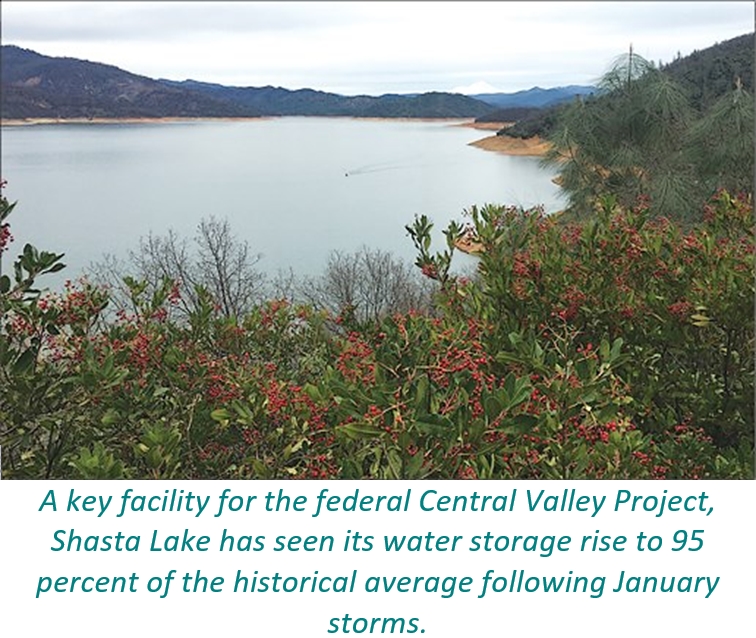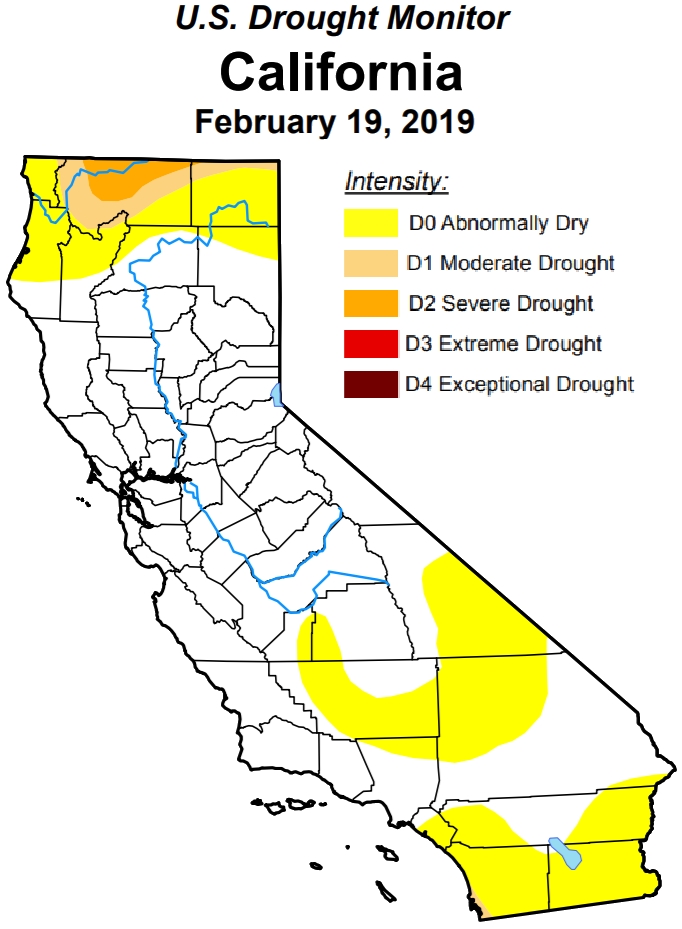Respect for your privacy is our priority
The cookie is a small information file stored in your browser each time you visit our web page.Cookies are useful because they record the history of your activity on our web page. Thus, when you return to the page, it identifies you and configures its content based on your browsing habits, your identity and your preferences.
You may accept cookies or refuse, block or delete cookies, at your convenience. To do this, you can choose from one of the options available on this window or even and if necessary, by configuring your browser.
If you refuse cookies, we can not guarantee the proper functioning of the various features of our web page.
For more information, please read the COOKIES INFORMATION section on our web page.


 After seeing the Sierra Nevada snowpack increase from 70 percent of average on Jan. 1 to 105 percent of average at the start of this week, farmers said they're encouraged—but noted the winter still has a long way to go. Snow levels are important to overall water needs of California, as the snowpack historically provides for roughly 30 percent of the necessary water supplies of the state.
After seeing the Sierra Nevada snowpack increase from 70 percent of average on Jan. 1 to 105 percent of average at the start of this week, farmers said they're encouraged—but noted the winter still has a long way to go. Snow levels are important to overall water needs of California, as the snowpack historically provides for roughly 30 percent of the necessary water supplies of the state. At this time, the California Department of Water Resources reported that federal reservoirs such as Shasta - the state's largest reservoir - contain close to average supplies at this point in the season. According to the Department of Water Resources (DWR), Shasta Lake stood at 95 percent of the historical average for the date. Lake Oroville, the principal State Water Project reservoir, was at 60 percent of average storage, and San Luis Reservoir, a joint federal-state project, was at 109 percent of its historical average. DWR said Southern California has received good precipitation so far this year—a contrast to recent dry years—with reservoirs at or above historical averages.
At this time, the California Department of Water Resources reported that federal reservoirs such as Shasta - the state's largest reservoir - contain close to average supplies at this point in the season. According to the Department of Water Resources (DWR), Shasta Lake stood at 95 percent of the historical average for the date. Lake Oroville, the principal State Water Project reservoir, was at 60 percent of average storage, and San Luis Reservoir, a joint federal-state project, was at 109 percent of its historical average. DWR said Southern California has received good precipitation so far this year—a contrast to recent dry years—with reservoirs at or above historical averages.


























